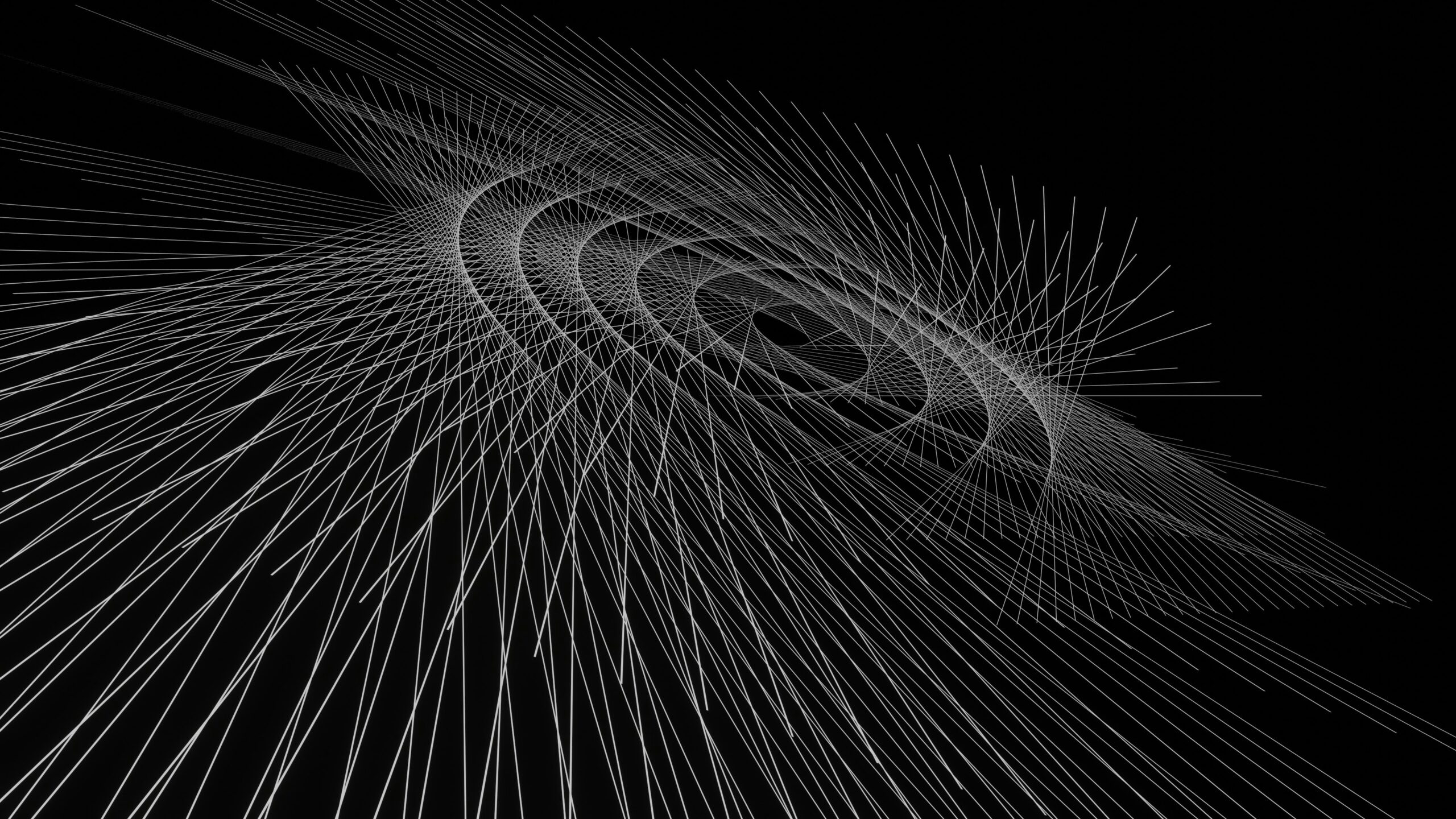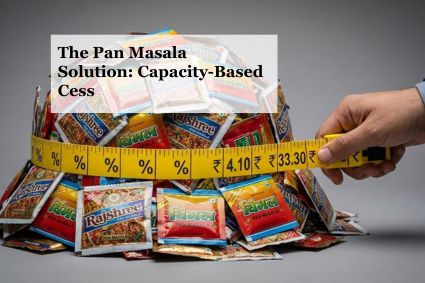Navigating Section 3(k): Why BlackBerry’s Wireless Management Patent Was Rejected by the Delhi High Court

The Delhi High Court recently in the case of Blackberry Limited v. Controller Patents and Designs (2024:DHC:6572) declined an appeal by BlackBerry Limited (“Appellant”) against the decision of the Assistant Controller of Patent rejecting the patent application of the Appellant in wireless communication. The appellant has applied for the patent for “Administration of Wireless Systems,” which proposed a method for managing wireless systems by configuring client devices using primary and secondary wireless servers. The Assistant Controller of Patents and Designs rejected this application under Section 3(k) of the Indian Patents Act of 1970 stating that the application for the patent was directed towards a set of instructions that were purely functional and lacked any inventive hardware features.
Appellant is a corporation specializing in telecommunication products and solutions. It filed a patent application in India in 2009 for a method titled “Auto-Selection of Media Files”. The patent aimed to address challenges related to the management of media content in digital devices. The invention involved automatically selecting media files based on a confidence level that measures the user’s preferences (likability), thereby optimizing storage use on a given device.
As per the appellant, their invention addressed the technical problem of conflicts between multiple wireless servers, ensuring proper device operation. They contended that the process prioritized servers and resolved conflicts between instructions from different servers. BlackBerry claimed this demonstrated a technical effect and practical application, thus avoiding the Section 3(k) objection.
It was further the argument of the appellant that the subject patent was not merely a computer program or algorithm but a technical invention that solved a significant technical problem. It allows for the automatic selection of media files based on the available storage space and user preferences, a solution that is technical in nature and involves more than just software. This optimizes media file management in devices, significantly improving the device’s functionality. This enhancement of device capability constitutes a technical effect and should be eligible for patent protection.
The appellant’s application was initially refused by the Indian Patent Office on the ground that it violates Section 3(k) of the Patents Act, which prohibits the patenting of computer programs and algorithms. The company appealed to the Intellectual Property Appellate Board (IPAB) which was transferred to the Delhi High Court after the Tribunals Reforms Act, 2021, abolished the IPAB.
In evaluating the appeal, the Court examined the claims, nature, scope, and substance of the invention by reviewing the complete specification. The Court found that the invention primarily organized information flow between wireless systems and servers. The patent application essentially described a structured approach to managing operations within wireless systems, based fundamentally on algorithmic processes.
The Court determined that the claims pertained to the general concept of managing mobile wireless clients using primary and secondary servers.
In its analysis, the Court referred to previous judgments, including Ferid Allani v. Union of India & Ors. (2019) and Raytheon Company v. Controller General of Patents and Designs (2023) wherein it was clarified that computer-related inventions should not be evaluated based on hardware requirement alone, but on their technical contribution or effect.
The Court found that despite being technical, the core functionality relied on logical instructions and reflected an instructional nature. The Court held that to overcome Section 3(k) limitations, a patent must demonstrate a specific and credible technical effect beyond general computer functioning. Inventions integrating elements to enhance system functionality could be patentable if meeting all criteria. This means there is a necessity to demonstrate a further technical effect through the incorporation of algorithms within a system in order to qualify for patent protection. Mere algorithms, sets of instructions, and mathematical or business methods cannot be patentable.
The Court concluded that while the application made a technical contribution, it primarily arose from an algorithmic process regulating information flow through a sequence of instructions, without demonstrating a further technical effect upon implementation. The claims and specification indicated that the invention’s core functionality relied on conditional logic and procedural steps, falling under the exclusion criteria of Section 3(k) of the Indian Patents Act. Consequently, the Court dismissed the appeal, upholding the refusal of the patent application.
By entering the email address you agree to our Privacy Policy.



